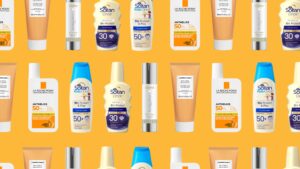
Image from theatlantic.com
After more than a year of almost entirely virtual school, most schools and universities are returning to in-person education this fall. This means that students will be spending more time walking to and from classes, studying on campus, and exploring the city, all while sporting any student’s quintessential accessory: the backpack.
While backpacks are practical and comfortable, the books, laptops, water, and other things inside can also be extremely heavy. For decades, concerns have been periodically raised regarding daily use of a heavy backpack. A heavy or awkward backpack might be uncomfortable, but the idea that it causes harm is likely an overstatement.
There are also things you can do to improve comfort with a standard backpack. Backpacks with two, wide, cushioned straps allow weight to be distributed evenly, which may be more comfortable than a messenger bag or a backpack slung over one shoulder. A waist strap can also help distribute weight. Tighten all straps so the backpack hangs in the center of the back.
In addition, packing one’s backpack with the heaviest items closest to the back and spreading items throughout all the pockets might also be more comfortable. Consider buying electronic copies of books or keeping duplicates of supplies at home so you don’t have to carry around as much weight. If you struggle to put on a backpack or lean forward while wearing one, you might want to try using a rolling bag.
Backpacks are utilitarian, timeless parts of the student experience, and can and should be used in a way that makes you feel most comfortable and prepared for your day. While they may, at times, be uncomfortable, Think Twice thinks these references may overstate the potential for harm from backpacks. In our opinion, the imperatives (e.g. “should”) and statements that there is a “wrong” way to wear a backpack overstate what we see as options for getting around comfortably with school books. There is no evidence for harm associated with backpacks.
https://www.health.harvard.edu/childrens-health/bad-backs-and-backpacks
https://kidshealth.org/en/teens/backpack.html
https://orthoinfo.aaos.org/en/staying-healthy/backpack-safety/

